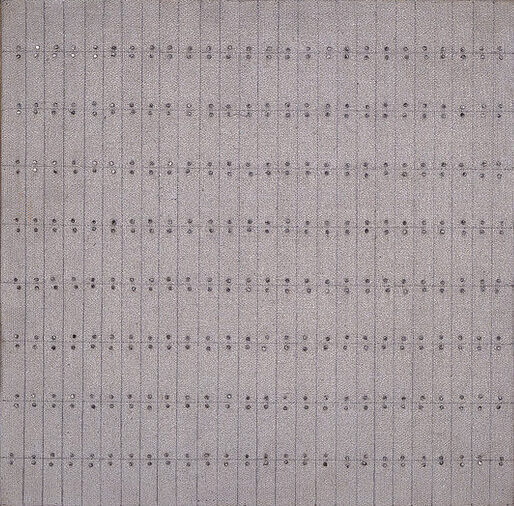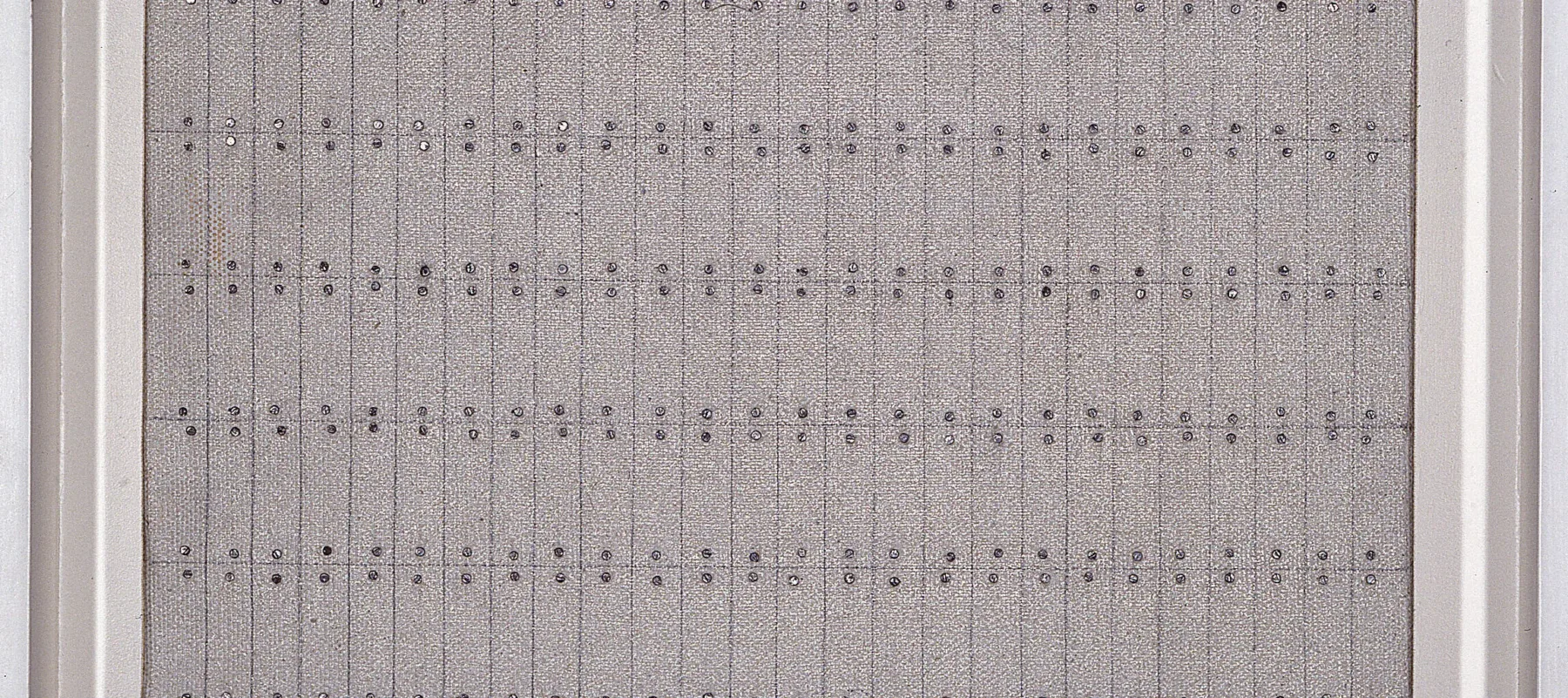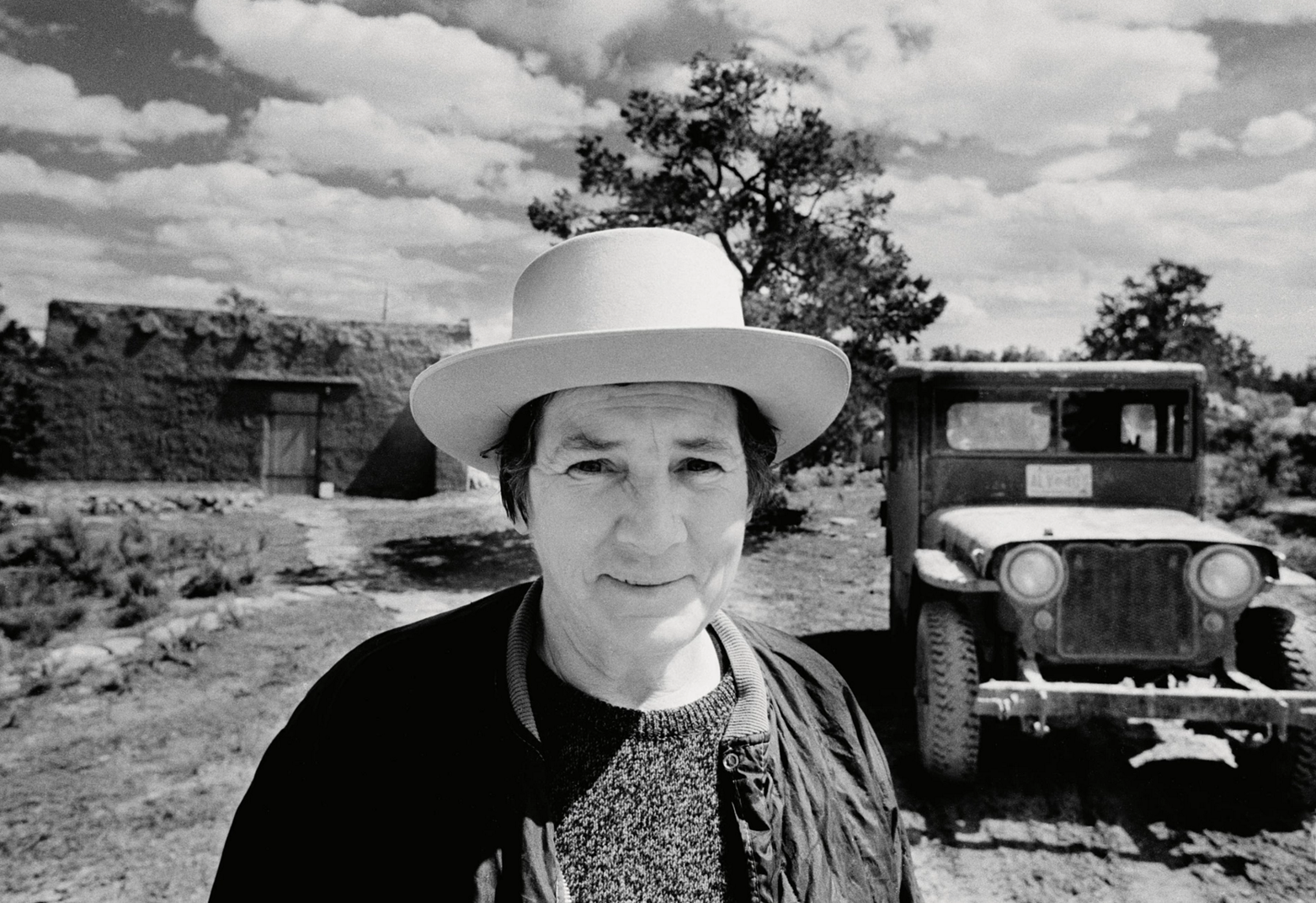Impress your friends with five fast facts about Agnes Martin (1912–2004), whose work is on view in Pathmakers: Women in Art, Craft, and Design, Midcentury and Today through February 28, 2016.

1. Natural Feeling
Agnes Martin started out as a descriptive artist, but she was not truly satisfied with her work until she discovered the grid. In her move to abstraction, her goal was to depict subtle emotions, such as those felt when experiencing the natural world, rather than nature itself.
2. In the Neighborhood
While living on Coenties Slip in New York City from 1957 to 1969, Martin was a neighbor of artists Lenore Tawney, Ann Wilson, Ellsworth Kelly, Robert Indiana, Jack Youngerman, Robert Rauschenberg, and Jasper Johns.
3. Off the Grid
In 1967, Martin “retired” from painting. She left New York, then the center of the art world, and drove around the continent in her pickup truck and camper. When she resurfaced, she had left the grid behind, focusing instead on horizontal fields of limited color and tone.
4. Poetic License
Celebrated as a visual artist, Martin also used the written word as a form of expression. Some of her notebooks combine the two art forms, with drawings on one page and poems opposite.
5. The Bare Necessities
In 1968, Martin settled on a mesa near Cuba, New Mexico, where she constructed buildings using native logs and adobe brick. For the next three decades, she lived a reclusive, solitary existence without electricity, plumbing, or a phone.
6. Emotional Gridlock
She once told an interviewer, “When I first made a grid I happened to be thinking of the innocence of trees and then this grid came into my mind and I thought it represented innocence, and I still do, and so I painted it and then I was satisfied. I thought this is my vision.”

